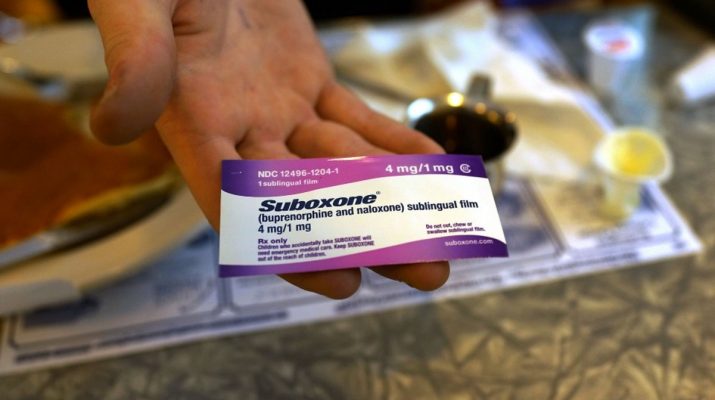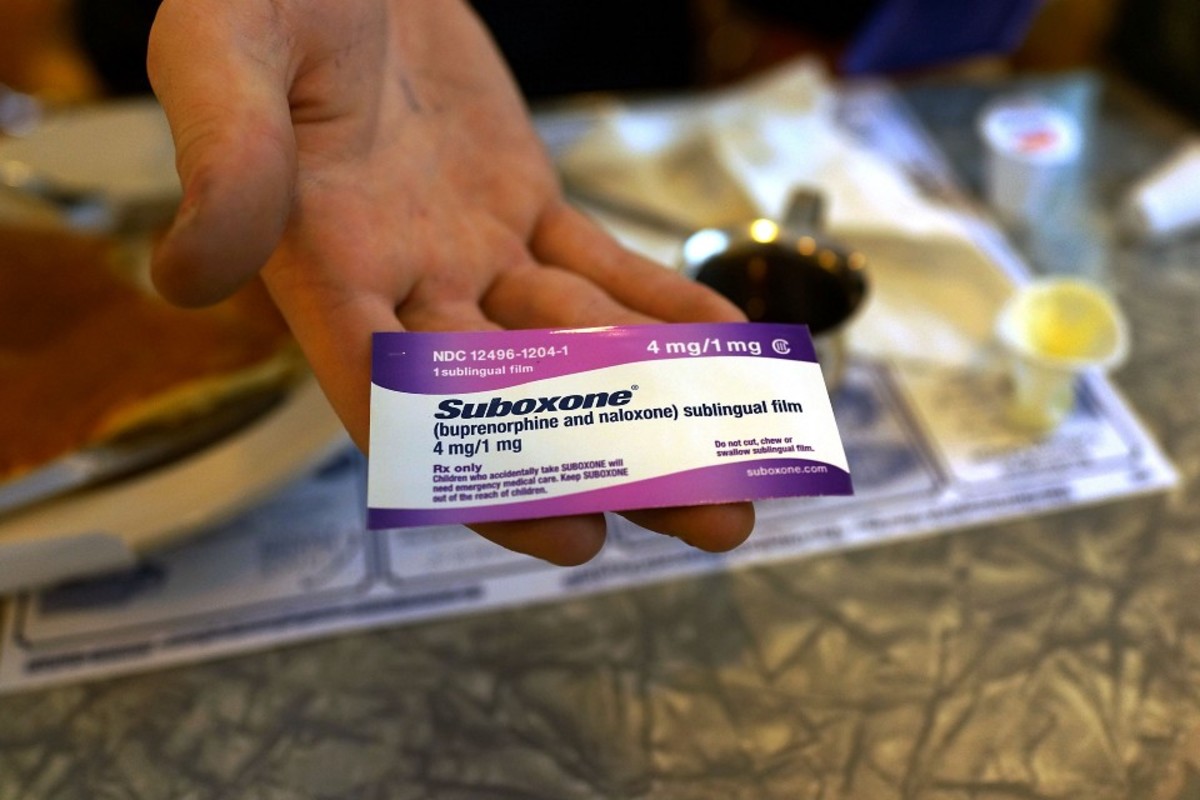Opiate addiction is agonizing; the detoxification and recovery are likewise painful, and additionally, time taking and liable to relapse. Yet, it is curable and the affected person is eventually capable of leading a better and healthier lifestyle.
To make the process of detoxification and recovery easier and less painful, medications such as methadone and Suboxone are used, particularly for the prevention of withdrawal effects. In the absence of such an intervention, the affected persons are likely to revert to the use of opioids and other substances of abuse.
What is Suboxone?
Suboxone is the brand name for an FDA-approved medicine that is used in the treatment of opioid addiction. It is a combination of two main ingredients: buprenorphine and naloxone. The medication reduces opioid misuse and counteracts the withdrawal symptoms seen when treating opioid addiction. These opioids include heroin, oxycodone, morphine, etc. Some doctors use Suboxone from the beginning of the treatment while others start giving it in the recovery phases. Being an opioid makes it a habit-forming drug when used in the long-term.
Buprenorphine is a synthetic partial opioid agonist-antagonist that works similar to an opioid but does not produce the full effects of an opioid. And in doing so, it blocks other opioids from producing their effects too. Buprenorphine is also an abuse-deterrent.
Naloxone is also an opioid antagonist; it blocks the effects of opioid drugs, shuts down their withdrawal symptoms, and it reduces the cravings for substances.
Warning
Overuse and misuse can lead to addiction, overdose and can be life-threatening. It is not for pregnant and breastfeeding women. Additionally, it is also not for people who have breathing issues, sleep apnea, head injury, seizures, alcoholism, drug addiction, urinary problems, and diseases of brain, liver, kidney, gall bladder, adrenal, and thyroid glands, unless and until prescribed and monitored by a doctor.
Side effects and Over dosage
Both components of the medication are associated with allergic reactions, which may present with breathing difficulty, hives, swelling of face, lips, tongue, and throat.
Suboxone can have a long list of side effects, ranging from very severe to mild. The severe side effects are exaggerated when an over dosage, though rare, occurs. The symptoms and signs include:
- Weak or shallow breathing, especially during sleep
- Feeling light-headed, confused, disoriented, uncoordinated.
- Weakness, dizziness, drowsiness
- Blurred vision, slurred speech, fogged brain
- Serotonin syndrome: a collection of symptoms … including fever, hallucinations, sweating, shivering, high heart rate, irritability, twitching, confusion, nausea, vomiting, and diarrhoea.
Allergic reactions, overdosing, and severe side effects are life-threatening and require urgent treatment; emergency health services should be contacted promptly.
Other significant but less severe side effects include:
- Feel drunk, trouble concentrating
- Redness, numbness inside the mouth and tongue pain
- Nausea, vomiting, constipation
- Headache, backache
- Fast, pounding heart rate, sweating
- Sleeplessness
- Damage to liver and adrenals
- Withdrawal symptoms
Interactions
It also produces life-threatening adverse effects, if used with some other medications, by either increasing or decreasing the effect of one another. Such medicines include narcotics, stimulants, vitamins, alcohol, herbal ingredients, and medications for headache, depression, migraine, Parkinson’s, nausea/vomiting.
Withdrawal: Myth vs. Fact
Tragically, Suboxone is an opioid; it gives withdrawal symptoms when it is stopped after using for some time. It has a long half-life that is the body eliminates Suboxone components slower than other opiates, so it produces withdrawal effects slowly.
Typically, the withdrawal symptoms last one month, depending upon the dosage and the duration used for. The withdrawal symptoms are similar to the symptoms seen with other opiates on stopping. But this is only true when the drug is suddenly stopped. If it is properly tapered off when it needs to be stopped, there are minimal withdrawal effects. A quick detox may be more detrimental than helping.
In case of sudden stopping, the patient may experience nausea, vomiting, and headache 24 hours after the last dose. These symptoms worsen for the next 48-72 hours and then start remitting, lasting a total of 10 days. Other symptoms of early withdrawal are muscle aches, sleeplessness, mood swings, anxiety, chills, blurred vision, and fever. Later during the withdrawal phase, these symptoms settle down and depression and drug cravings begin.
Dependence and tolerance: Myth or fact
In the hands of an informed and trained doctor, Suboxone is an efficient and painless way of treating opioid addiction. But if it is an uninformed doctor, the possibility of getting an addiction to get rid of another is quite high. Moreover, Suboxone addiction is not an easy one to treat, since this is the medication for treating addiction and it takes a long time to be cleared from the body. Suboxone is used to treat the opiate addiction by relieving the withdrawal symptoms, but it does not treat or be a solution for the addiction. But on the other hand, the buprenorphine component has what is called a ceiling effect. It means that there is a limit to the symptoms produced by the medicines, and taking it in higher doses will not give an amplified effect. So for patients of opioid addiction, it can be a lesser of the two evils.
One more fact
Despite the drawback, Suboxone is still considered a miracle drug for treating opiate addiction. With Suboxone prescribed in the correct manner, the process of recovery from the addiction can be painless, free from further addiction, and reliable. Compared to other methods of recovery, this is less harmful and less relapse-liable. Overdosing with a regular opiate can be fatal quickly but if the patient is on Suboxone, it is less likely that they may overdose and that to a fatal level.
Relapse is a part of the disease of addiction. Suboxone and its related type of medications like methadone, allow the individuals to stabilize cognitively and. Thus, giving the individual time needed to make appropriate choices of behaviour and avert from relapse.
Conclusion
Suboxone is a medicine used to treat opioid addiction, the withdrawal symptoms, and to reduce the cravings. It is a combination of two opioid components, buprenorphine and naloxone. It is a miracle drug to help with the recovery, yet it has the potential to develop a dependency, possibly lead to a case of getting an addiction in order to get rid of another. But with proper management and an informed doctor, a precious being can get a second chance at life.


